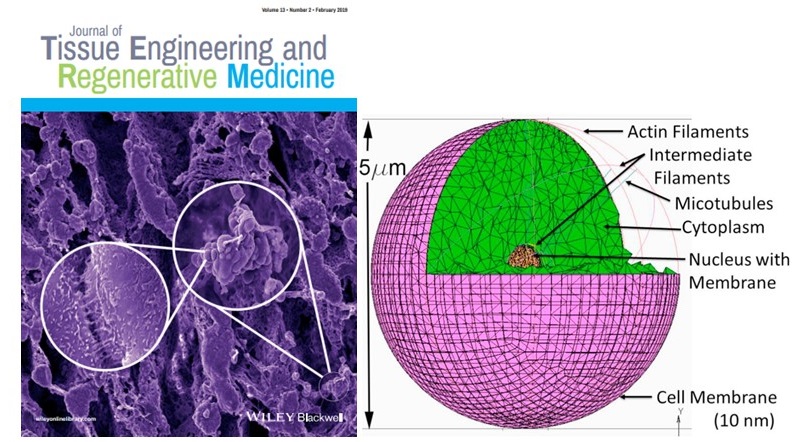Materials and Nanotechnology
Biomaterials scientists work towards designing materials that could be used in close contact with tissues, fluids, and biological systems to augment or replace the natural function of the human body organ, or, to treat diseases. For instance, titanium hip implants, engineered bone, and polymeric drug delivery systems, etc. In recent years, computer simulation has received a great deal of attention owing to its ability to investigate and design materials without ever making them. Multi-scale modeling of biological materials is in use, including for predicting the properties and behavior of implants, lab-grown bone, and cancer cells during metastases.
Some areas currently of interest to materials scientists include:
- engineered cancer test-beds
- bone tissue engineering
- multi-scale modeling of bone
- molecular basis and modeling in bone disease
- predictive methodologies in bone tissue engineering: biomaterials through in-silico design
Participating Faculty: Dr. Kalpana S. Katti, Dr. Dinesh R. Katti, Dr. Wenjie Xia
The first image is the cover image for the february issue of J Tissue Eng Regen Med., showing breast tumor grown on 3D nanoclaybone-mimetic scaffolds and adherence junctions between two breast cancer cells within the grown tumor (Kar, Molla, Katti, and Katti, J Tissue Eng Regen Med. 13 (2019) 119-130) while the second is an FEM model of a cancer cell (Katti, Katti, J Mech Behav Biomed Mater. 76 (2017) 125-134).



